8 Treatment Options for Uterine Fibroids Other Than Surgery


Alternative Treatments That Don’t Require Surgery
Uterine fibroids are growths of muscle and connective tissue that form inside or on the wall of your uterus. They aren't typically cancer. You don't need treatment for them unless you have symptoms like excessive bleeding, discomfort, or bladder problems. If you have serious symptoms, surgery is one solution. But there are other treatments, too.

Medications to Manage Uterine Fibroid Pain
Pain medications can help control discomfort related to uterine fibroids, but they won’t shrink the fibroids or your uterus. Over-the-counter (OTC) pain medications like acetaminophen may relieve period cramps due to fibroids.

Nonsteroidal Anti-inflammatory Drugs (NSAIDs)

Tranexamic Acid
Often known by its brand name, Lysteda, this nonhormonal medication eases heavy period flows by helping your blood to clot. You should only take it on days when you have heavy bleeding.
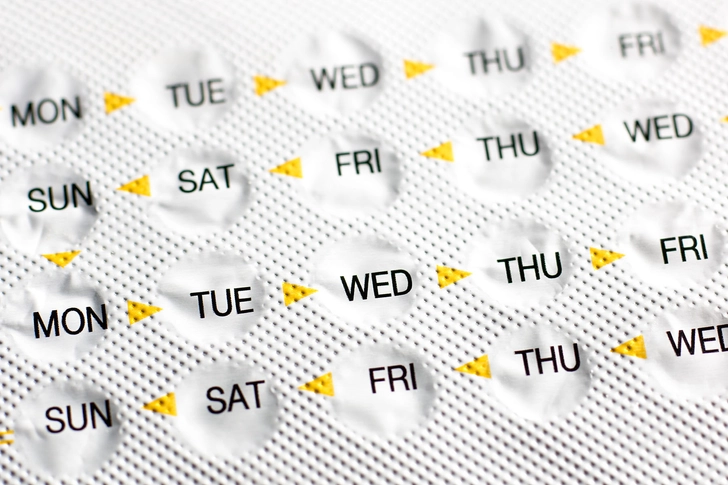
Hormonal Birth Control
If your fibroids cause heavy periods, your doctor may prescribe a hormonal contraceptive like birth control pills, patches, vaginal rings, implants, or shots. Contraceptives help reduce bleeding and regulate your menstrual cycle. But they won't shrink fibroids.
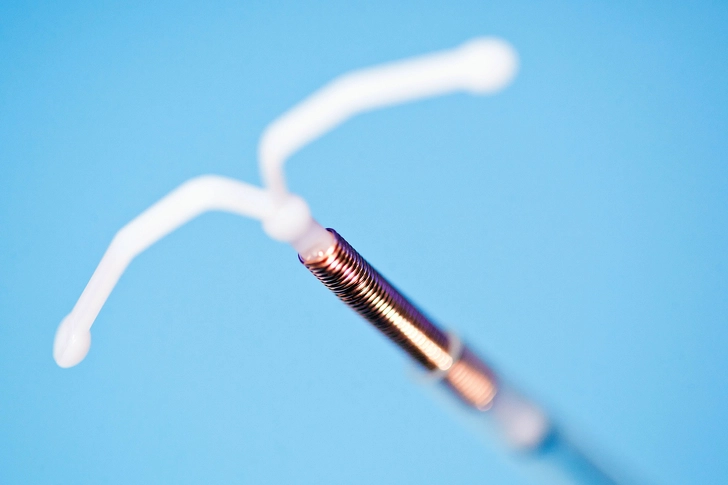
Intrauterine Devices (IUDs)
IUDs have more benefits than preventing pregnancy. Some IUDs release small amounts of a hormone that can decrease bleeding from fibroids. An IUD might be an option for you if your fibroids are on the wall of your uterus, rather than in the cavity. Your doctor can insert one during a routine appointment.
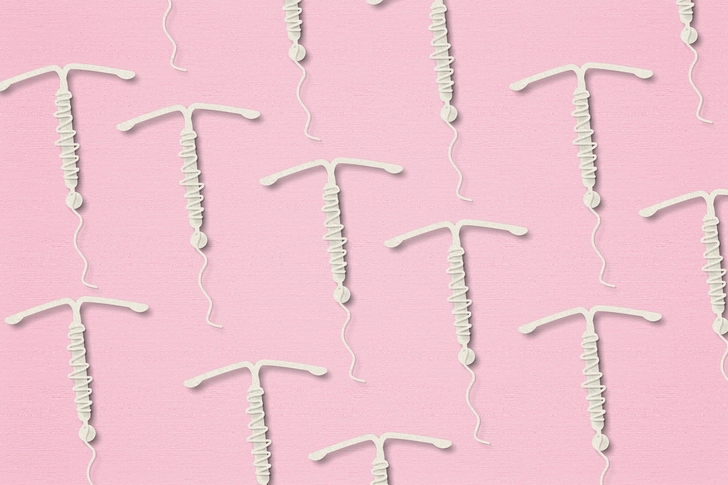
LNG-IUS
One type of hormonal IUD called Mirena is approved by the FDA specifically to treat heavy menstrual bleeding. It’s effective for up to 5 years, and there are minimal side effects. It's a type of IUD known as a levonorgestrel-releasing intrauterine system (LNG-IUS).

GnRH Analogues
Gonadotropin-releasing hormone (GnRH) analogues are drugs that reduce or halt your periods. There are 2 types: GnRH agonists and GnRH antagonists. Both keep your body from making female hormones while you take them. Both can cause symptoms like osteoporosis or hot flashes. You take GnRH antagonists as pills that also include hormones to reduce side effects. You get GnRH agonists as shots. Neither is meant to be used long term.
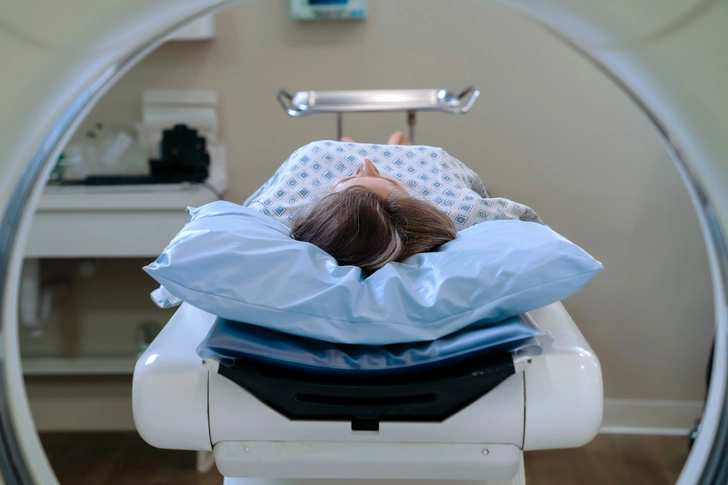
MRI-Guided Focused Ultrasound Surgery (FUS)
FUS is a noninvasive treatment option that can be done as an outpatient and requires no incision. It helps preserve your uterus while targeting uterine fibroids. For this treatment, you're inside an MRI scanner. The machine uses a high-energy ultrasound transducer to heat and destroy small areas of fibroid tissue. Research has shown FUS to be a safe and effective treatment for fibroids.
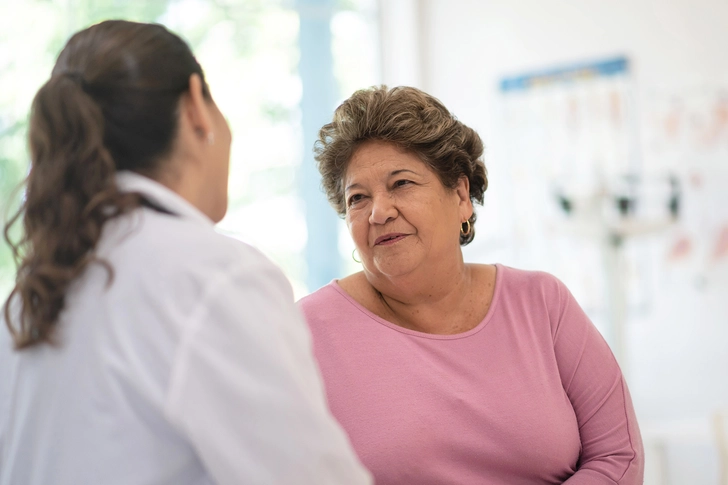
Menopause
You might opt out of treatment altogether if you're close to menopause, around age 51 or 52. Studies have shown that fibroids often shrink after menopause, though the process is slow. And many people no longer have symptoms. This may not be the case if you have large fibroids that cause serious symptoms. In any case, your doctor will need to keep monitoring you.
Photo Credits:
1) SEBASTIAN KAULITZKI / Getty Images
2) miflippo / Getty Images
3) Jose Luis Pelaez Inc / Getty Images
4) PeopleImages / Getty Images
5) Peter Dazeley / Getty Images
6) Garo / Phanie / Science Source
7) Carol Yepes / Getty Images
8) fizkes / Getty Images
9) FS Productions / Getty Images
10) FatCamera / Getty Images
SOURCES:
UCSF Health: “Fibroids Treatments.”
Brigham and Women’s Hospital: “Non-surgical Treatments for Fibroids.”
Cleveland Clinic: “Uterine Fibroids.”
American Family Physician: “Uterine Fibroids: Diagnosis and Treatment.”
Mayo Clinic: “Uterine fibroids.”
Obstetrics & Gynecology Science: “Current medical treatment of uterine fibroids.”
NHS: “Treatment - Fibroids.”
Mount Sinai: “Uterine fibroids and hysterectomy.”
UptoDate: "Patient education: Uterine fibroids (Beyond the Basics)."
FDA: "MIRENA (levonorgestrel-releasing intrauterine system)."